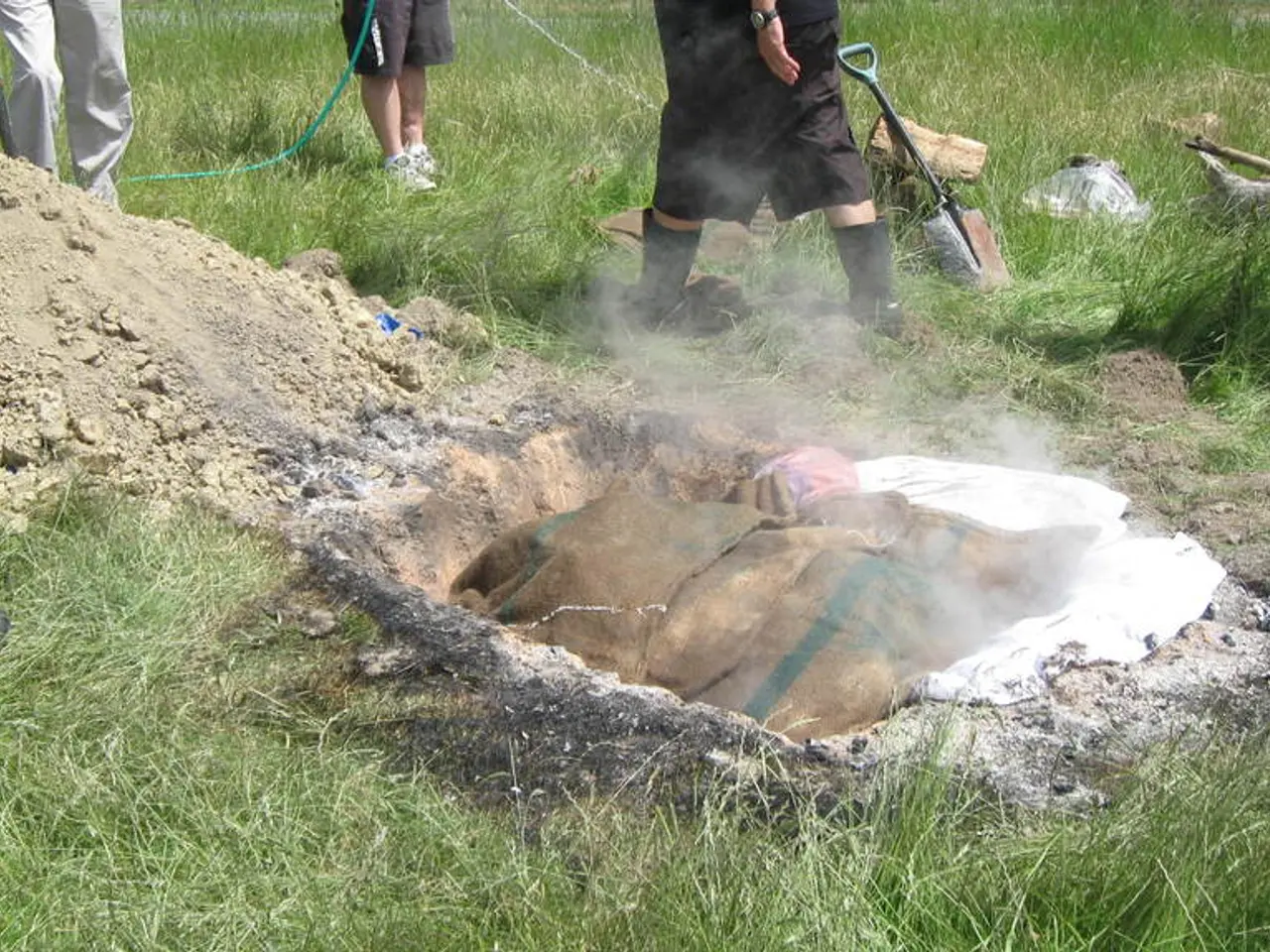Preparing for an apocalypse isn't about stockpiling survival gear; it's about possessing essential knowledge and skills to endure calamity.
In the wake of global uncertainties and geopolitical tensions, there has been a significant shift towards the construction of underground shelters. Paul Weldon, the proprietor of The Panic Room Company, attributes this trend to the onset of the Ukraine war.
This new wave of bunker construction is not limited to private individuals. Notable figures like Bill Gates are reported to have huge shelters under their homes in California and Washington. Even tech moguls such as Mark Zuckerberg and Elon Musk are reportedly investing in underground shelters with self-sufficient energy and food supplies.
The design and construction of these shelters are meticulous and follow specific guidelines to ensure safety, sustainability, and long-term habitation. Key steps include constructing the bunker at least 30 feet underground with thick, reinforced concrete walls, installing blast doors made from steel embedded in concrete, and ensuring good ventilation with HEPA filters or overpressure systems.
Sustainable features such as waste management systems, communication infrastructure like satellite internet, and self-sufficient power sources like solar panels combined with backup generators are essential for extended survival during doomsday events. Using reinforced shipping containers as the bunker's core is a cost-effective option if properly insulated, ventilated, and free of toxic coatings.
Compliance with local construction and permit regulations is crucial to ensure safety and legal adherence. Cost considerations involve insurance premiums for construction liability and workforce safety, which can be optimized via coverage bundling and safety programs.
Preparation goes beyond the physical structure of the bunker. An emergency kit is essential, containing bottled water, non-perishable meals, warm and waterproof clothing, a first aid kit, a battery or wind-up torch, a battery or wind-up radio, solar-powered batteries, a multitool, hand sanitizer or wet wipes, baby supplies if needed, local maps, and lists of vital phone numbers and addresses.
Governments and organisations worldwide are also taking steps to ensure preparedness. Switzerland, for instance, announced plans to revamp its vast network of underground shelters, enough to house more than 9 million people. In the UK, while there is no official advice on food stockpiling, the Red Cross and British government recommend keeping an emergency kit for just-in-case scenarios.
However, it's important to note that not all cold war-era bunkers are fit for purpose. The UK has a number of these bunkers, but most are no longer suitable for modern survival needs.
In conclusion, the construction of sustainable underground bunkers is a growing trend as individuals and governments alike seek to prepare for potential doomsday scenarios. By prioritising site depth, structural strength, air quality management, sustainable energy sources, safe materials, waste and water systems, and communication setup, these integrated measures ensure a bunker that is both safe and sustainable for extended survival.
- The shift towards constructing underground shelters has been influenced by the Ukraine war and global uncertainties, with technological giants like Bill Gates, Mark Zuckerberg, and Elon Musk investing in self-sufficient underground shelters.
- Designing and constructing these shelters requires careful planning to ensure safety, sustainability, and long-term habitation, including features like thick concrete walls, blast doors, and good ventilation systems.
- Sustainable features such as waste management systems, communication infrastructure, and self-sufficient power sources are essential for extended survival during doomsday events.
- Compliance with local construction and permit regulations is crucial to ensure the safety and legality of underground bunkers.
- Preparation for doomsday scenarios includes preparing an emergency kit, containing necessary items like water, food, warm clothing, first aid kits, torches, radios, and multi-tools.
- Governments and organizations worldwide are taking steps to ensure preparedness, with examples including Switzerland's revamping of its underground shelter network and the UK's recommendation of emergency kits.
- Not all cold war-era bunkers are suitable for modern survival needs, with many of the UK's bunkers being no longer fit for purpose.
- The future of doomsday preparation may involve the use of artificial intelligence and technology to create more efficient and sustainable bunker designs.
- In the realm of sports, the growing trend of bunker construction even extends to the betting industry, where individuals place wagers on the likelihood of specified doomsday scenarios occurring.




